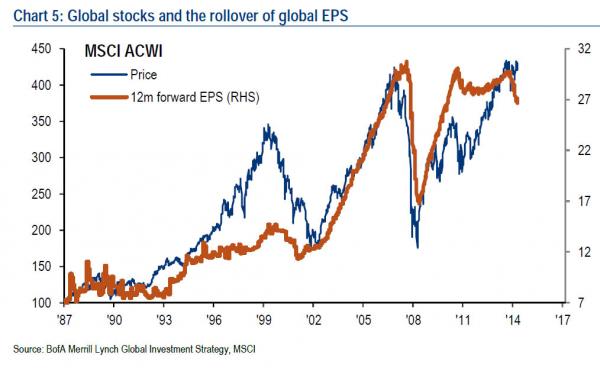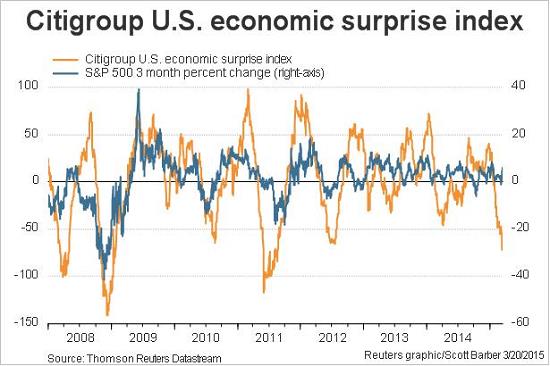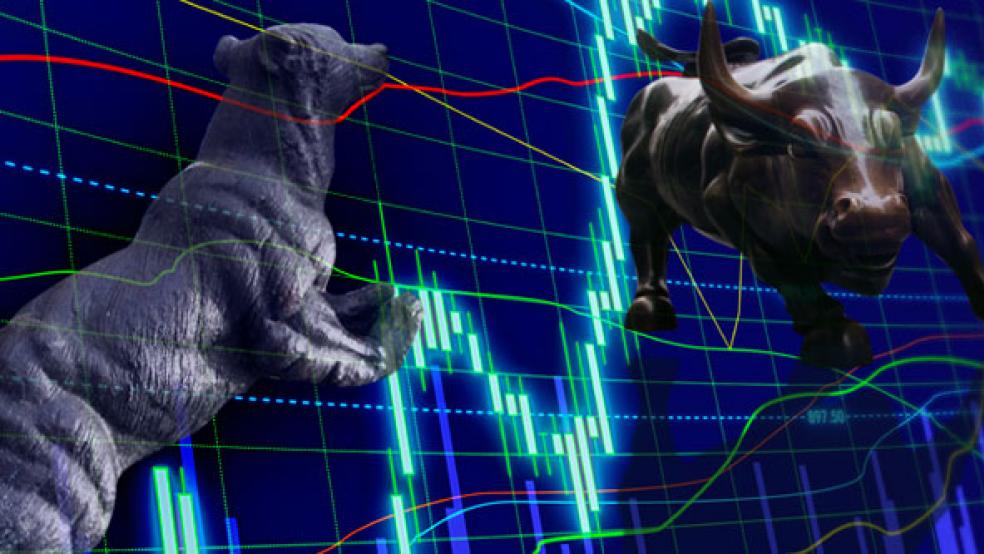It's full-on euphoria. The Dow Jones Industrial Average is back over 18,000. The Nasdaq Composite is above 5,000. The Russell 2000 is pushing to new record highs.
Overseas, Japan's Nikkei 225 Composite, which dipped below 17,000 early in the year, took about a month to surge from 18,000 to 19,000 and is now rapidly approaching the 20,000 level — heights that haven't been seen since 2000. Germany's DAX recently traded above 12,000 for the first time and is up nearly 30 percent from the lows set earlier this year.
The same thing is happening in China. The Shanghai Composite Index is up 16 percent from its February lows.
The common theme: Seven years after the financial crisis — created in the wake of a housing bubble fueled by low interest rates — global central bankers keep doling out stimulus.
Related: Will Fed Rate Hikes Cost You in Higher Taxes?
While Federal Reserve policymakers just opened the door to raising rates for the first time since 2006 as soon as June, they also greatly reduced their estimate of the pace at which rates will rise — an acknowledgement of soft inflation, recent declines in U.S. economic data and the dampening effect the strong dollar could have on growth and earnings.
That was the green light the bulls had been waiting for.
If the Fed will be slow in tightening, other major central banks are just ramping up their stimulus efforts, from a new sovereign bond-buying program by the European Central Bank to chatter that the Bank of Japan could start buying individual stocks to rate cuts by the People's Bank of China. Overall, there have been 25 interest rate cuts so far this year.
Related: Yellen Really Doesn’t Want to Take Away the Punch Bowl
These new easing efforts have been unleashed in response to a stalling of economic growth globally as well as the deflationary impulse created by the dollar's 25 percent-plus rise out of last summer's lows. The stakes are high since historically big moves like this have set off currency crises in emerging economies. The situation is made worse by the reliance of foreign economies on cheap dollar-based credit, something I recently wrote about.
If you wanted confirmation that it's all about the central banks now — and not about fundamentals like earnings and economic growth — consider the chart below. It shows how stocks globally have disconnected from earnings growth, fueled by an expansion of price-to-earnings multiples.

Consider also that economic growth here at home has stalled as the Atlanta Fed's GDPNow Q1 growth estimate has collapsed to just 0.3 percent while the Citigroup Economic Surprise Index, shown below, has fallen to levels not seen since early 2011 just before the start of the bull market's worst correction to date: A 21.6 percent peak-to-trough decline in the S&P 500.

It's become clear that Fed Chair Janet Yellen and her cohorts aren't going to rush the policy tightening process even though they should; they will wait for the job market to tighten further and create clear and undeniable wage inflation. We're not there yet. Thus, the bubble will grow.
Related: The Middle Class Is Struggling in All 50 States
Ed Yardeni of Yardeni Research has been telling clients to prepare for an "Irrational Exuberance meltup scenario" thanks, once again, to the work of central bank officials. Yellen is the star now as U.S. stocks haven't participated in the rises already seen across Asia and Europe. That's set to change.
Yardeni admitted last week that this is all a bit ridiculous, and probably shouldn't be happening, but for now it isn't necessarily a bad thing. "This is not about investing, this is all about the central bankers," he clarified. "These markets are all rigged, and I don't say that critically, I just say that factually."
Enjoy the ride while it lasts, but keep that warning in mind.
Top Reads from The Fiscal Times:



